The following list highlights some of the best places to visiting in Angola. So if you are in Angola, I recommend visiting the following:
- Fortress of Muxima, Bengo, Angola
- Ruacana Falls, Cunene, Angola
- Chela Mountain, Huíla, Angola
- Christ the King Statue, Huíla, Angola
- Serra da Leba, Huíla, Angola
- Tundavala Gap, Huíla, Angola
- Cuvo-Keve River, Kwanza Sul, Angola
- Sassa’s Caves, Kwanza Sul, Angola
- Iron Palace, Luanda, Angola
- Mausoleum of Agostinho Neto, Luanda, Angola
- Miradouro da Lua, Luanda, Angola
- Kissama National Park, Luanda, Angola
- Mussulo Peninsula, Luanda, Angola
- Ship’s Cemetery, Luanda, Angola
- Black Pedras of Pungo Andongo, Malanje, Angola
- Cangandala National Park, Malanje, Angola
- Kalandula Falls, Malanje, Angola
- Luando Nature Reserve, Malanje, Angola
- Iona National Park, Namibe, Angola
See all places on Google Maps.
1. Fortress of Muxima, Bengo
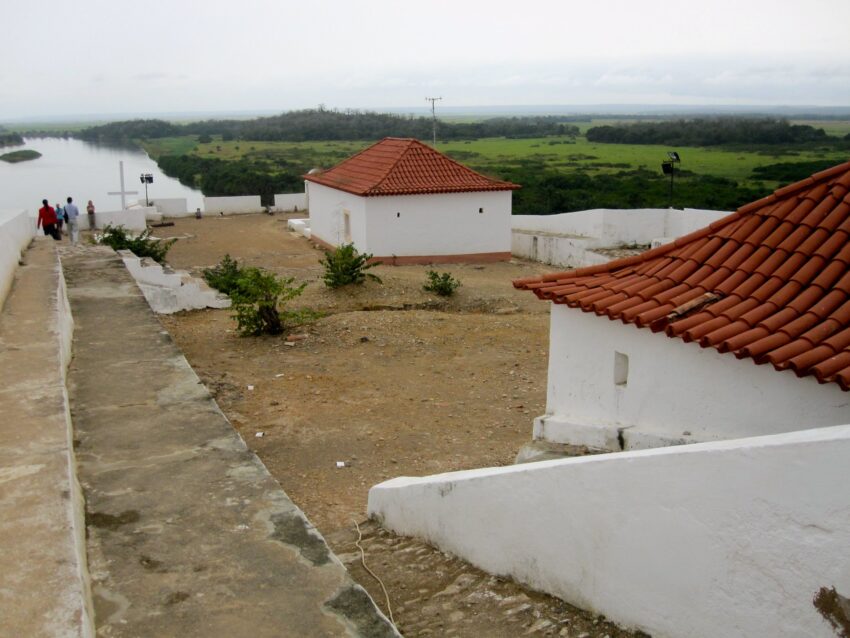
It is a Portuguese fortress from the end of the 16th century. It served as a warehouse for goods and as a prison for slaves, It is therefore a place rich in culture and history. During the Dutch invasion of Angola in the 1600s, it became a centre of resistance and refuge for the population.
2. Ruacana Falls, Cunene
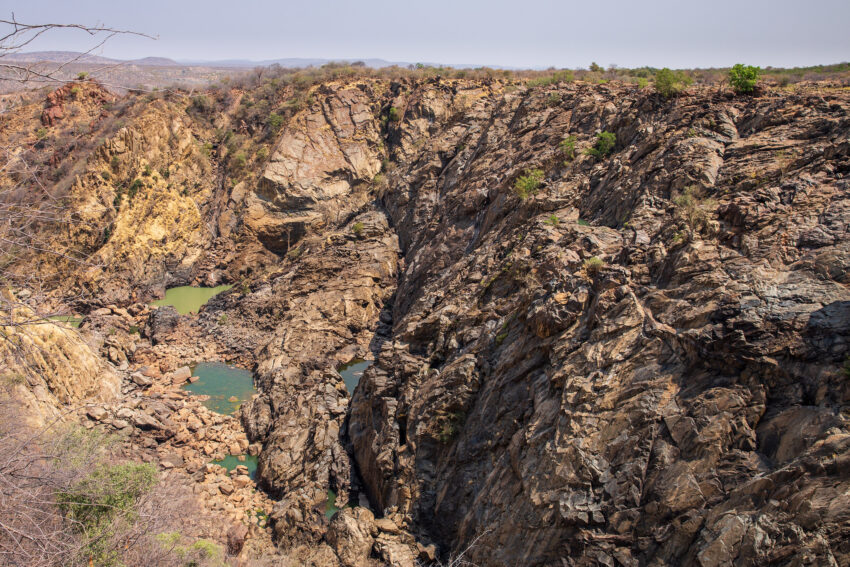
Magnificent Ruacana Falls on the Kunene River in northern Namibia and southern Angola, Africa’s wild landscape, the waterfall is full of water after a rainy season. Activities along the Kunene River include hiking its various trails, fishing, swimming in some of the waterholes, rafting, canoeing and sunset cruises.
3. Chela Mountain, Huíla
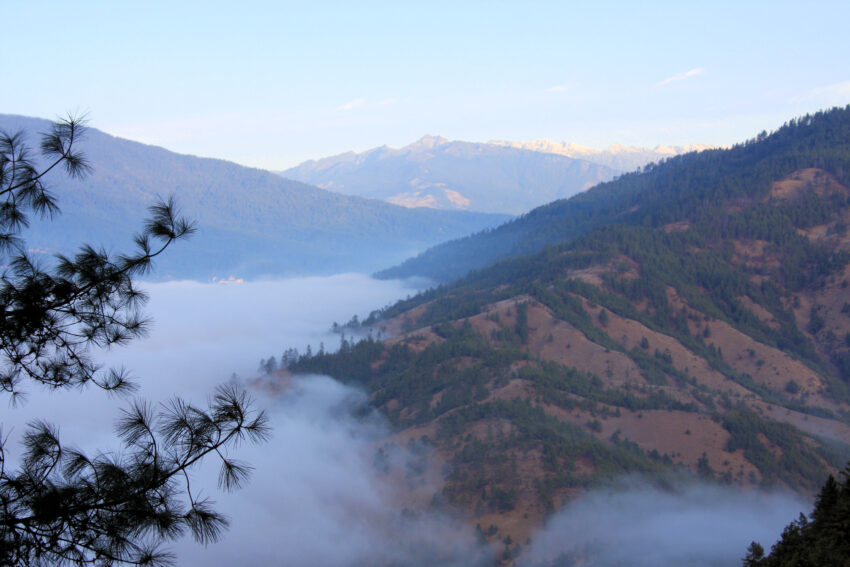
It is a mountain in Huila with an approximate height of more than 2000 metres. In many places impassable, the cliff can be accessed by the road that goes east from Capangombe to Humpata on the plateau. Excellent for trekking and for seeing beautiful scenery from the top.
4. Christ the King Statue, Huíla
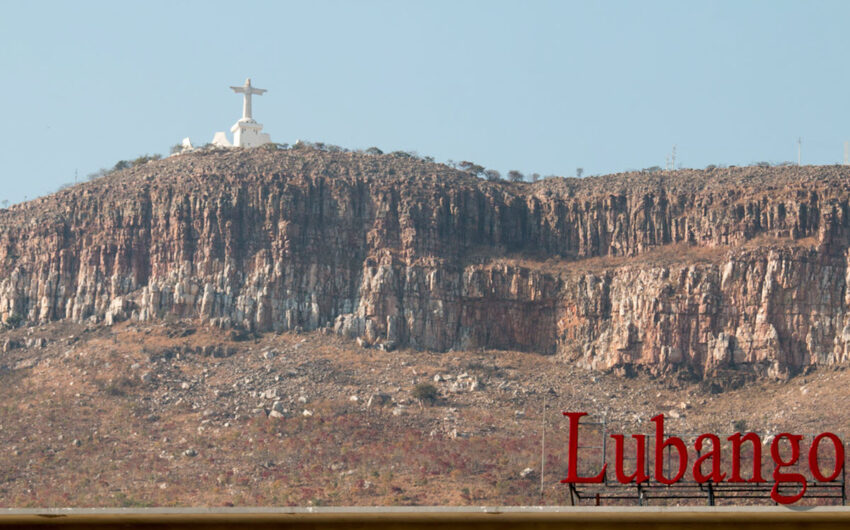
This 14-metre architectural monument was built at an altitude of 2,130 metres in the Chela mountain range, which would have been the inspiration for the founding community of Lubango. The Cristo Rey monument is one of Lubango’s most frequented sites, along with the Tundavala cliff, which is easily accessible by road for visitors.
5. Serra da Leba, Huíla
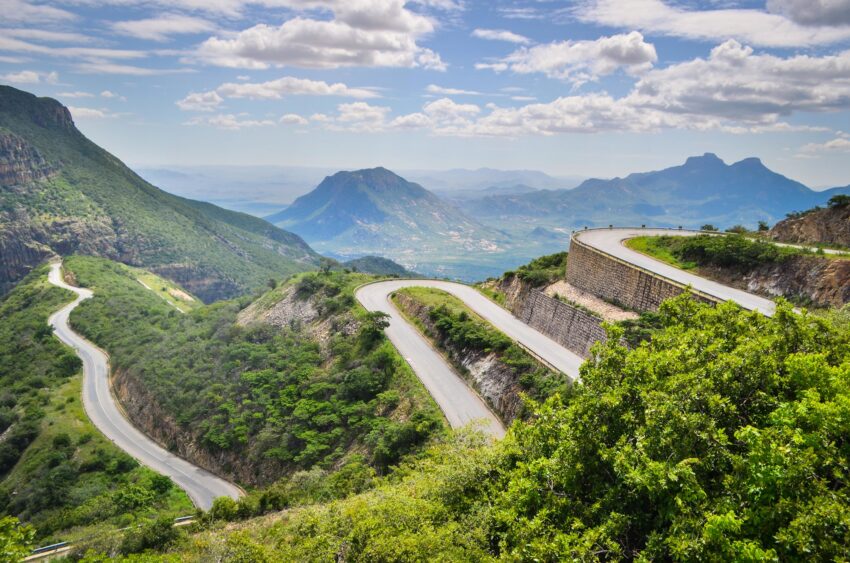
Here you will find the best natural landscapes, with plenty of places to go hiking and enjoy the purest nature in Africa. From the beginning of the road, you can already see the steep curves that mark out this trail. It is advisable to drive this route with an experienced driver, as it has dozens of descents and steep bends that can be dangerous if you don’t know the way. Moreover, if you do not drive, you can enjoy the views and the landscape that opens up at the foot of the Serra de Leba much better.
6. Tundavala Gap, Huíla
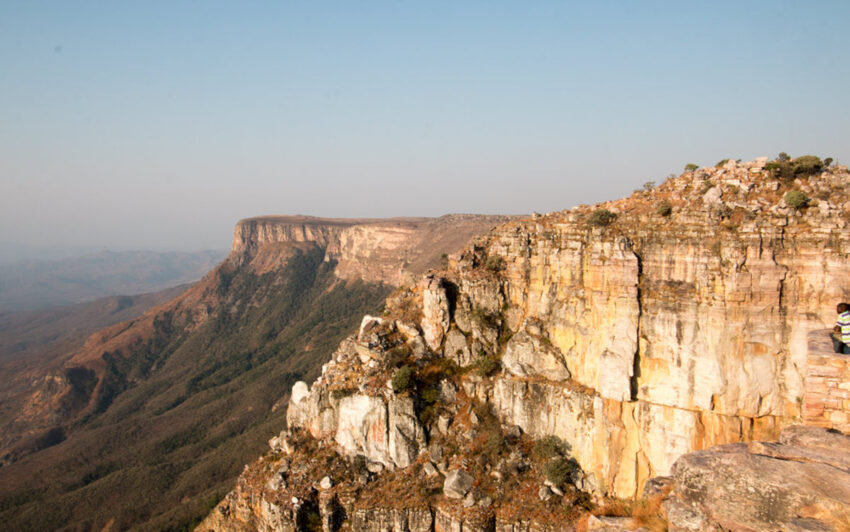
This impressive abyss, at an altitude of over 2,200 metres, is located in the province of Huíla. It is considered by native communities to be “the place where the spirits of their ancestors take refuge” and gives its name to the Tundavala National Stadium, where the 2010 African Nations Championship was played, a natural window overlooking the Namib Desert of breathtaking beauty.
7. Cuvo-Keve River, Kwanza Sul

Cuvo is its name in its upper reaches; its lower course is called Keve or Queve. The river is navigable upstream to Binda Falls. It may be home to African manatee habitat. The river’s wetlands together with the Kumbira forest form part of an Important Area for several rare bird species.
8. Sassa’s Caves, Kwanza Sul
One of the most outstanding places in Angola, located in Sumbe, the sassa caves is an excellent place to hike and feel like an adventurer passing under and between the rocks to reach a dark chamber with small waterfalls and lagoons.
9. Iron Palace, Luanda
The building has this name because the structure is basically built of iron, coming from colonial times. The design is attributed to the famous Gustave Eiffel. For decades, the palace was neglected, however, the building was renovated and repaired in the 2010s, reopening its doors in 2016.
10. Mausoleum of Agostinho Neto, Luanda

The memorial to Dr. António Agostinho Neto was erected in homage to the first President of the Republic. It was inaugurated on 17 September 2012, for the 90th anniversary of his birth. Touring this building allows you to travel into the heart of Agostinho Neto’s poetic work. His poems cover the walls of the mausoleum.
11. Miradouro da Lua, Luanda
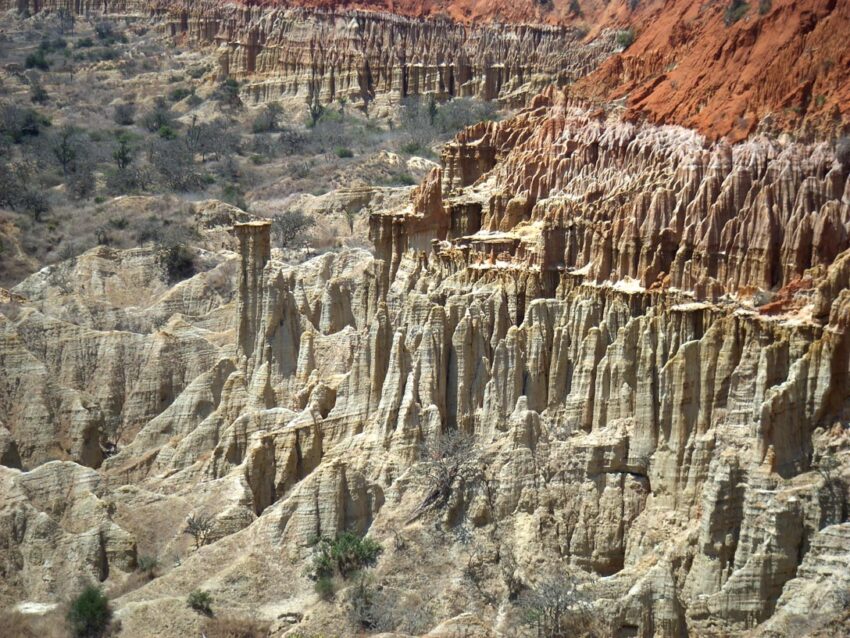
This striking, otherworldly landscape outside Angola’s capital is the product of millions of years of erosion. From the cliff, you can see unusual rock formations that diminish in size as they get closer to the sea. The viewpoint can be reached by following National Highway 100 from Luanda.
12. Kissama National Park, Luanda
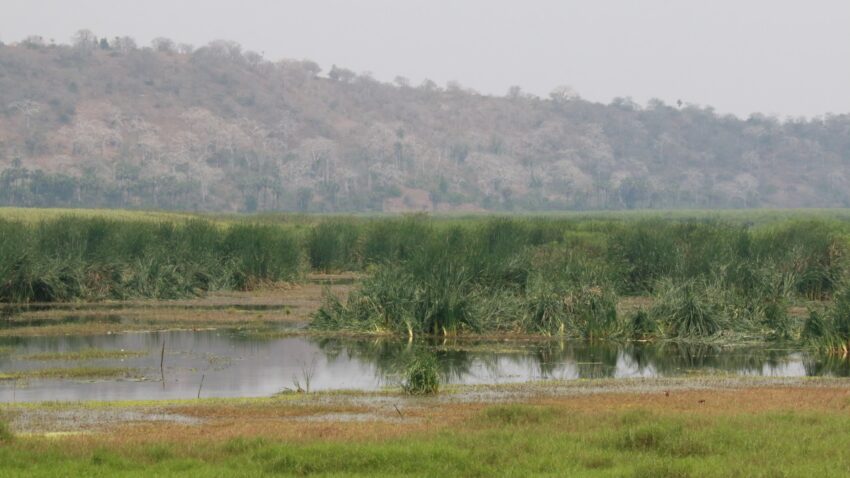
Kissama National Park, in Luanda province, is the most important national park in Angola. The park is home to a wealth of wildlife. Here you can see giraffes, buffalo, ostriches, zebras, monkeys, native sable antelopes and herds of elephants that survived the poachers during the war years. Kissama National Park is accessible from 6am to 6pm. Safari times are set at 6am, 9am, 11.30pm, 11.30pm and 2.30pm.
13. Mussulo Peninsula, Luanda
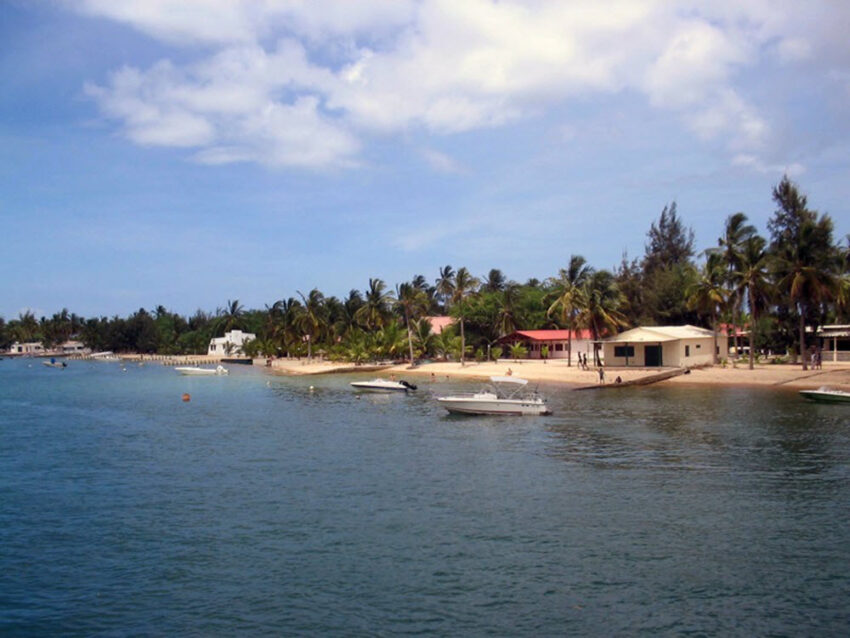
You’ll find a 30-kilometre peninsula that contrasts with the rest of the country. It is undoubtedly one of the best backpacker destinations Angola has to offer. The beaches of Mussulo, with their golden sand and lively beach bars, will delight any group of young people looking for a good time. The waters of Mussulo in Angola are perfect for diving, windsurfing and water-skiing.
14. Ship’s Cemetery, Luanda
About 30 minutes’ drive north of Luanda, Angola, is an otherworldly sight: a barren beach with up to 50 rusting boats on or near the shore. It’s like being on the set of a post-apocalyptic Hollywood thriller. Some of the ships are close enough that you can walk right up to them at low tide, while others are further away with no more than a rusty bridge or headland above the ocean’s surface.
15. Black Pedras of Pungo Andongo, Malanje
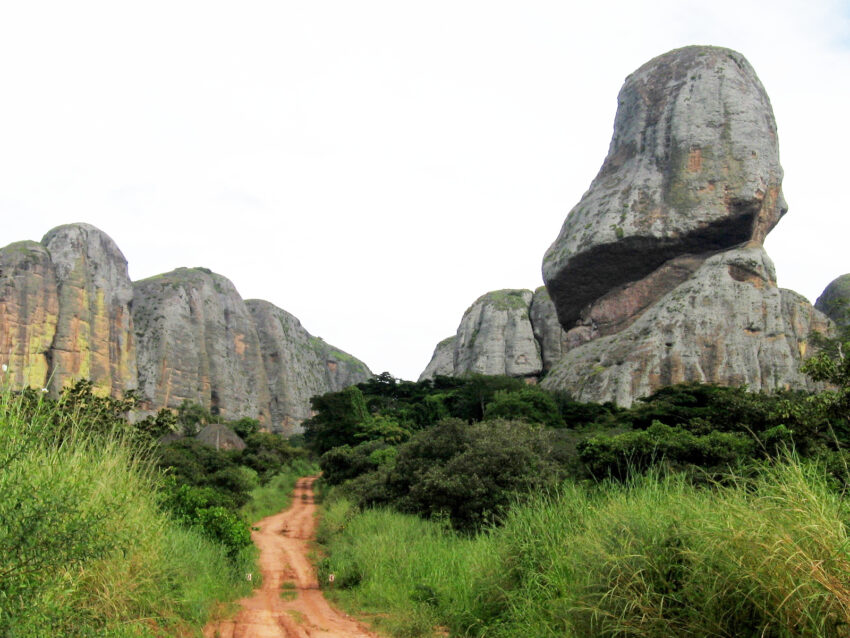
It is a spectacular set of large rock formations, reminiscent of the shape of the animals of the African savannah. They are associated with the legends of the Mbundo people, to whom most of the inhabitants of the region belong. According to tradition, the footprints of Queen Ginga are found on one of these rocks. The Gingas still live as an independent people, raising livestock and cultivating the fertile lands of the region. Road access is not easy, but the region offers the traveller a beautiful, unspoilt wilderness of endless horizons, well worth a once-in-a-lifetime visit.
16. Cangandala National Park, Malanje
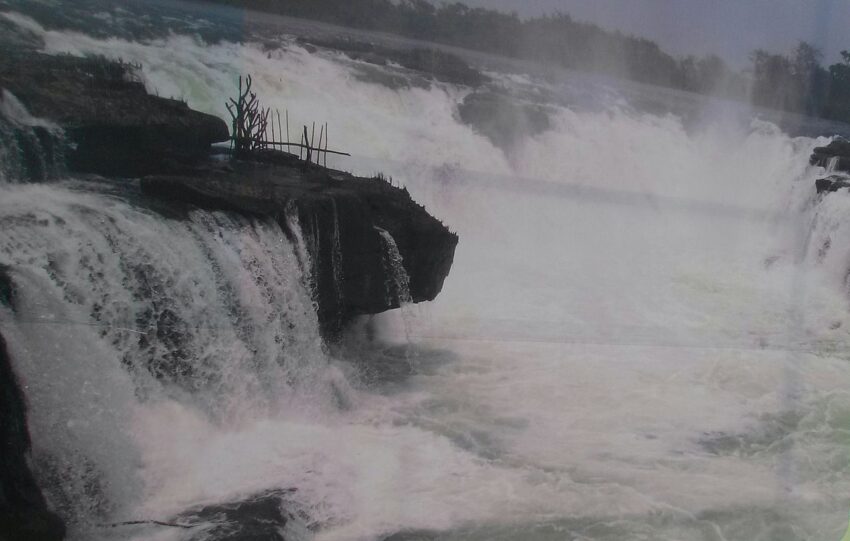
It was founded in 1963 to protect the giant sable antelope which was discovered in the same year. It is the smallest in the country at 600 square kilometres in area, and consists mainly of low hills covered with grassland, trees and shrubs through which rivers and other streams flow.
17. Kalandula Falls, Malanje
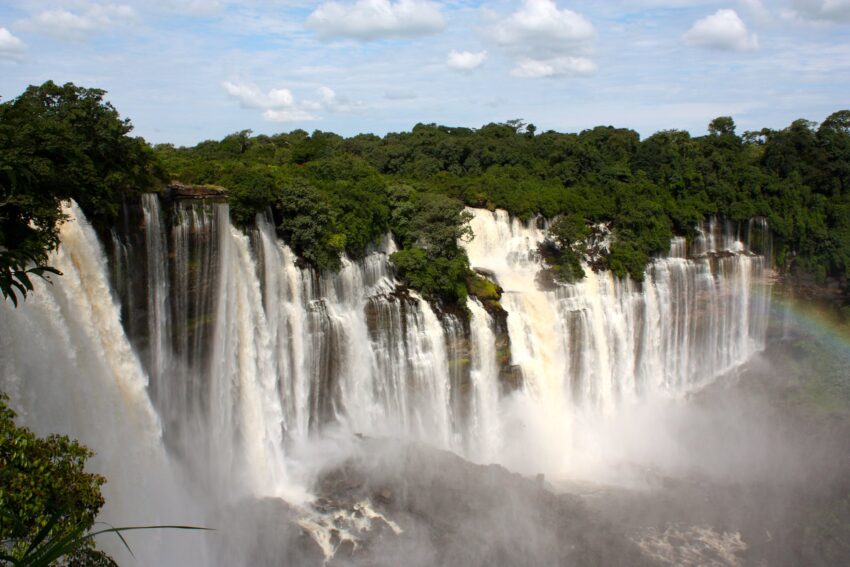
The current of this horseshoe-shaped waterfall splits into countless smaller streams between the crevices and rocks at the edge of the falls. And the result could not be more spectacular, Kalandula Falls has a beauty all of its own. Here there is no railing, gate, lockers or security nearby, nothing at all separates you from the completely natural beauty, or from falling over the edge, so if you decide to visit this waterfall, remember to take care. The best time to visit the falls is during the rainy season because the waterfalls can be seen in their full splendour. So, the best months to visit are January, February and March.
18. Luando Nature Reserve, Malanje
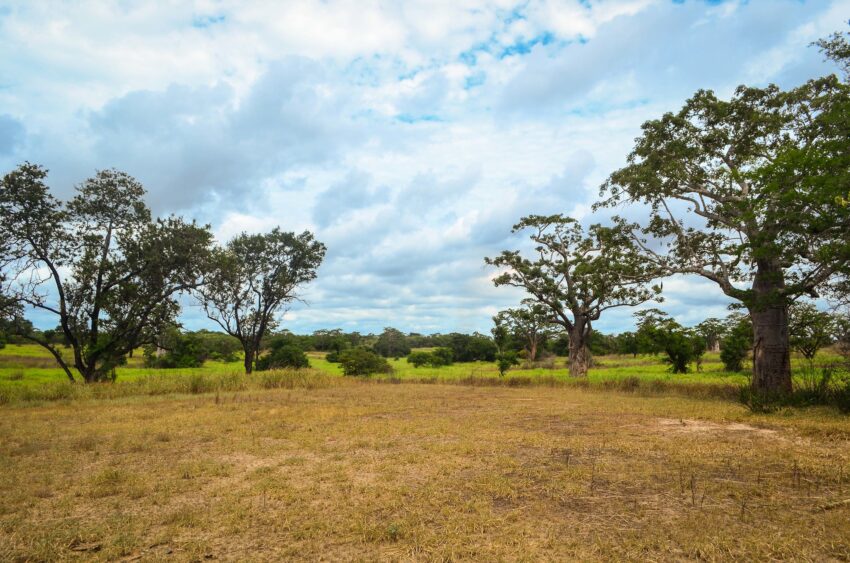
It is situated in Malanje Province, between the Luando River, and the Kwanza and Luasso Rivers that flow along its western and southern borders. Among the mammals found in the park are the lycaon, hyena, lion, leopard, cheetah, hippopotamus, eland, bosbok, horse antelope or roan antelope, cob, puku, redunca, duiker, oribi, buffalo, warthog, potluck, giant sable antelope and red lechwe. Birds present in the park include the wattled crane.
19. Iona National Park, Namibe
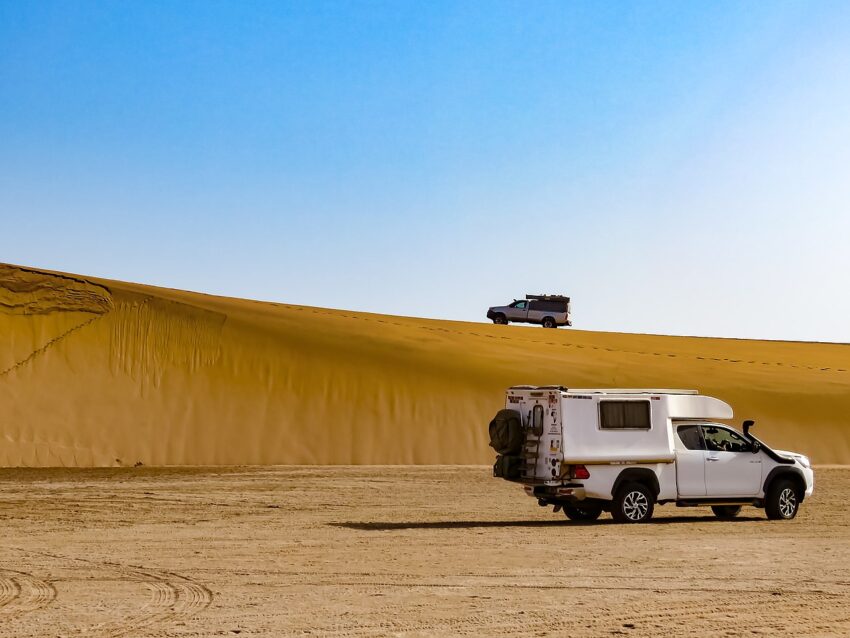
Located in the south of the country, it was declared a National Park in 1937, with only a small refuge. The most emblematic antelope in the park is the giant black leopard, which has practically disappeared. The current status of the fauna is unknown, although it seems that some of the large mammal species have completely disappeared. Since 2001, the park has been receiving visitors on organised tours from Namibia. Oshakati, the capital of Ovamboland in Namibia, grants 15-day visas.
If you loved this article or found it useful, don’t forget to visit and subscribe to my social media for more useful content. Follow us on Google My Business, YouTube, Instagram, Pinterest, Twitter, Facebook or Reddit and subscribe to our receive our free website content.

